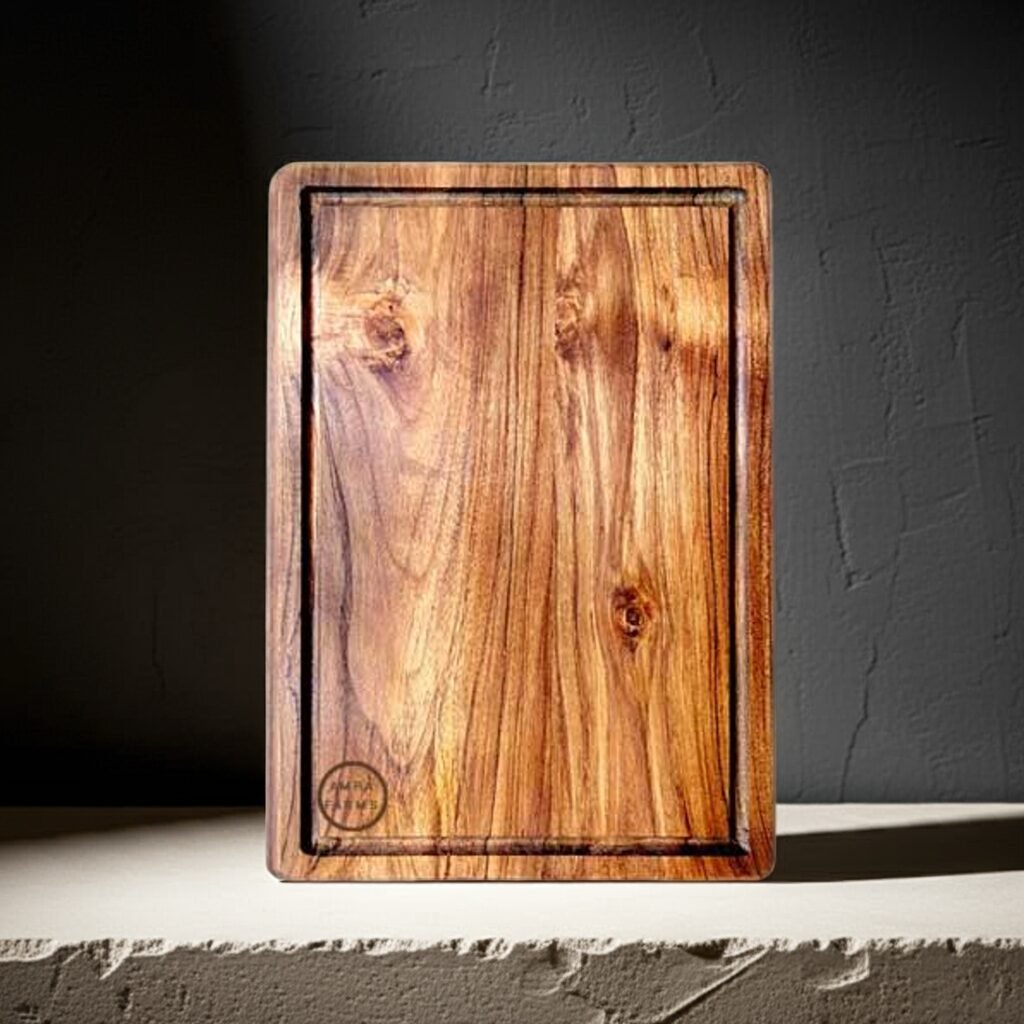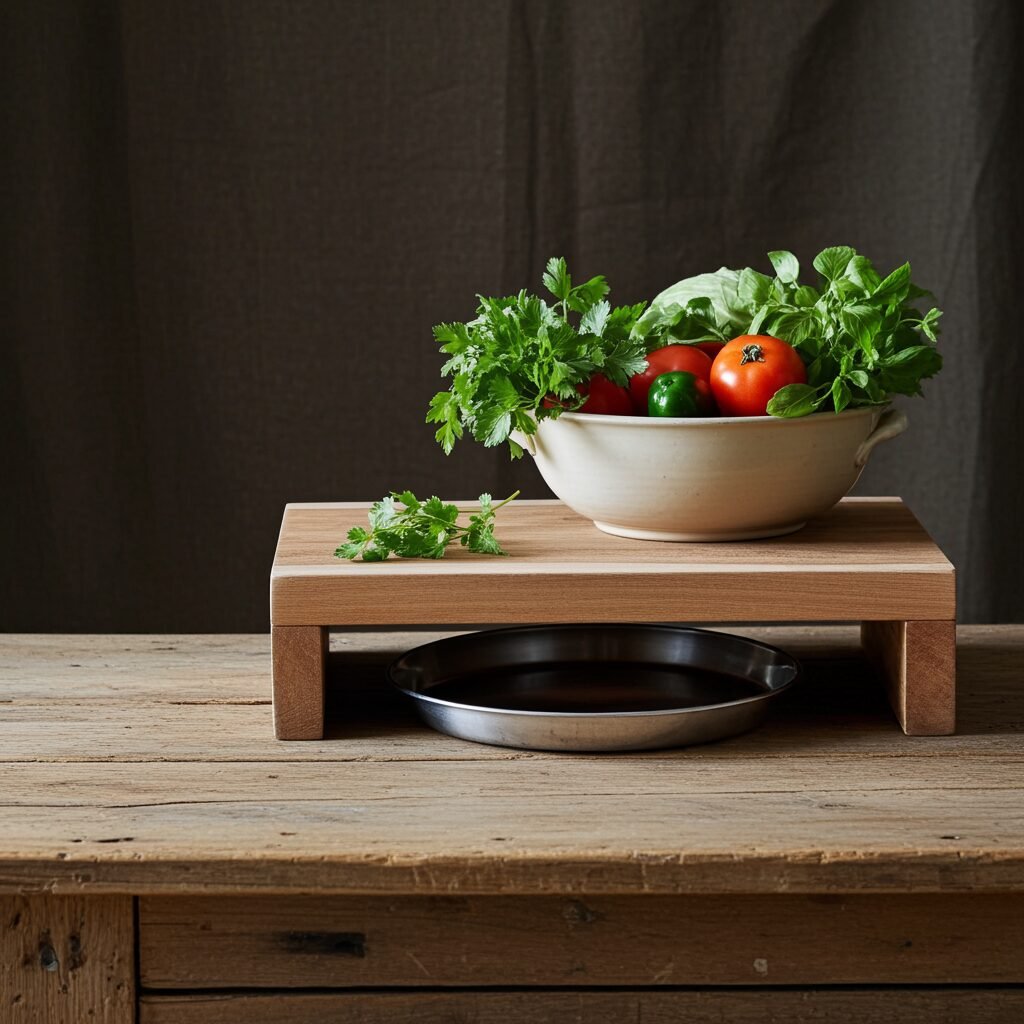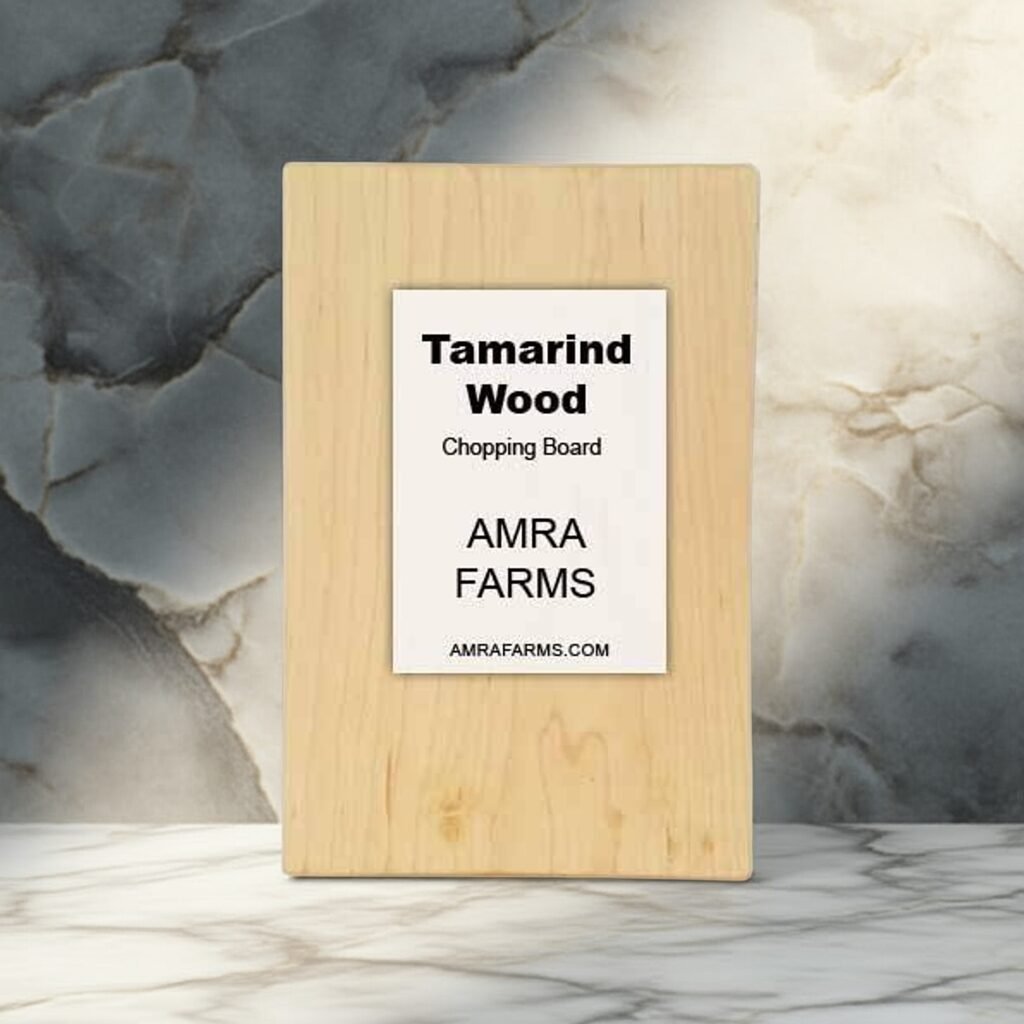Your cart is currently empty!
The Ultimate Guide to Care and Maintenance for Teak Wood Chopping Boards: How to Clean, Oil, and Protect Your Wooden Cutting Board for Long-Lasting Use
Teak wood is known for its beauty and durability. Their exceptional durability makes it a perfect material for chopping boards. When you purchase a wooden chopping board, you would want to keep the board in good condition and in its original shape. Unfortunately, over time, your wooden chopping board will lose its lustre and charm. The wood will dull and there may be a lot of scratches on the surface which makes it less presentable. If this was a plastic board, you would have no option but to discard it. Wooden cutting boards are different.
This article discusses how you can ensure a beautiful board for life with minimal care. If you own a teak wood cutting board, this is the only few tips you will need to keep your board shiny and new for decades. We will discuss how to maintain your board, how to recondition it and how to keep your board as good as new for years.






Why Teak Wood is a Popular Choice for Chopping Boards and Why Proper Care Matters
When it comes to the best wood for chopping boards, teak is on the top of the list. It is not because it’s beautiful to look at or because they are highly valuable but because of its properties. Teak wood is known for its natural oils, dense grain structure and their resistance to water and bacteria. This makes teak wood one of the few materials that is practical and hygienic for daily food preparations.
One of the few benefits of teak wood is its ability to repel moisture. The oil content acts as a built-in sealant, reduces water absorption and helps prevent swelling, cracking and warping. Moisture resistance is important for cutting boards as they go through regular exposure to water in a kitchen. The natural resistance to water in teak wood contributes to the role of hygiene as it’s less prone to harbouring harmful microbes and bacteria. Teak wood is also the best antibacterial material for a cutting board which kitchen experts appreciate.
Teak is medium hard in the Janka rating and is gentle on the knife edges. Some boards like bamboo are often too hard for knife edges, causing knives to dull fast.
Teak is not without its own caveats though. Over time, the exposure to heat and moisture can wear down its protective qualities. That’s why regular maintenance is very important for wooden boards. Regular maintenance can improve the sheen, maintain its smoothness and prevent it from developing cracks and warp.
Invest in a little time to care for your boards and this small routine of regular oiling and gentle cleaning will ensure a smooth, beautiful board with colour finish and structural integrity for years.
How to Clean Your Teak Wood Chopping Board Naturally and Safely After Every Use
The most important part of maintaining your teak wood cutting boards is to clean it after every use. Teak is resistant to moisture and bacteria but you can’t get away with neglecting it. Cleaning your teak wood chopping boards after each use is essential for maintaining its hygiene and beauty. Here is a step-by-step guide on how to clean your teak wood cutting board the right way without using harsh chemicals or causing long-term damages:
- Scrape food debris off.
Use a scraper or the back of the knife to scrape leftover food or residue from the board. - Rinse with warm water and wipe off clean
Rinse the board quickly with warm water. Do not use hot water. You can use cold water if the food you cut is not oily. After cutting most vegetables, it’s okay to rinse with cold water. Use only mild soap when washing your teak wood cutting board and ensure that it’s not scented. Wipe the board clean with a dry towel. - If you find the board requires a deep cleaning or sanitisation, scrub with salt and lemon.
Apply salt on the board and rub the board thoroughly with a cut lemon, open end as the scrub area. You can also use a 1:1 vinegar water solution to disinfect your board. - Rinse immediately with cold or warm water after sanitisation. Wipe with dry towel.
Do not leave the board in the sun to dry. - Leave the board vertically / standing after you wipe the board.
This ensures proper air circulation to dry the board more thoroughly. Store when the board is thoroughly dried.
What Not to Do When Cleaning a Teak Wood Cutting Board
- Avoid dishwasher: The intense heat and moisture in a dishwasher will damage your cutting board. Wooden cutting boards are not dishwasher safe.
- Never soak your board in water: Rinse your wooden cutting boards. Do not soak them in water. Soaking increases the absorption of water into the wood resulting in cracking and warping.
- Do not use harsh chemicals or bleach: Wood is porous. Chemicals will seep in through the pores making the food you cut harmful. Avoid using any harsh chemicals on the board.
How to Deep Clean and Disinfect Your Teak Chopping Board Without Damaging the Wood
Disinfecting and deep cleaning isn’t something you do daily but you should consider doing it at least once a week or after cutting raw meat, fish or acidic food. Food particles, juice from meat and fish seep into the wood surface leading to unpleasant smell, stubborn stains and bacterial buildup. Deep cleaning ensures your board is food safe for a longer period of time. Follow the below steps to deep clean your board the right way.
How to deep clean and disinfect your teak wood chopping boards:
Surface cleaning first: Start with the basic cleaning process. Use warm water and rinse the board. Use a mild soap solution if required.
Option 1: Use hydrogen peroxide solution
Pour 3% hydrogen peroxide solution over the board’s surface. Spread evenly using a clean cloth or paper towel. Let it sit for 5–10 minutes to disinfect your teak wood board thoroughly. Wipe off with a dry towel.
Option 2: Vinegar as a natural disinfectant
Spray undiluted white vinegar onto the board. The solution should be diluted in the ratio of 1:1 with water. White vinegar is an effective method to kill bacteria and neutralise smells. Leave it for 5 minutes and rinse the board and dry.
Option 3: Lemon salt scrubs
For lingering smells and surface stains, sprinkle salt over the board and scrub with half a lemon in a circular motion. Let it sit for a few minutes and rinse thoroughly. This method removes odour and is natural.
Option 4: Baking soda paste to remove stains
For stubborn food stains, make a paste of baking soda with few drops of water. Apply in affected area and scrub gently. Rinse thoroughly and dry your board. Use this option only when needed.
Always dry your board thoroughly after rinsing.
Things to Avoid – Mistakes When Deep Cleaning
- Do not use a steel wool or abrasive brushes: You may be tempted to use a hard scrub on your board. This will damage your board and the wood fibres will become weak. Avoid using a hard brush or steel scrubs on your wooden boards.
- Do not use bleach: Bleach will harm the wood’s natural oil content and weaken the fibres. They also will leave harmful residue.
The Best Oil for Teak Cutting Boards and How Often You Should Condition Your Wooden Board
Teak wood is rich in its natural oil content but when a chopping board goes through the process of being washed every day, they tend to lose oil content and lustre. Regular use, washing and exposure to air tends to dry out the best woods resulting in a dull surface, warping and even cracking after a period of time. The best solution to this problem is to supplement the oil content in your wooden boards.
Best oils for cutting boards: Safe, food grade, effective
- Mineral oil: This is a petroleum-based oil which is considered safe for use on cutting boards. They are odourless, budget friendly and penetrate the wood to restore moisture. This is not the most natural or organic option. They are definitely good and get the work done.
- Beeswax: Beeswax is the residue after removing the honey from the hives. They are natural and safe for use on a cutting board. They are also food safe, making it the best alternative. Beeswax is often blended with mineral oil or coconut oil to create a waxy gel to apply on boards.
- Fractionated coconut oil: Fractionated coconut oil is extracted from regular coconut oil. They are natural and safe to use on cutting boards and are organic. You can also use regular coconut oil but sometimes it may get rancid.
How to Apply Oil on a Chopping Board – Step-by-Step Guide
- Clean and dry the board: Ensure that the board is thoroughly cleaned before oiling your board. The board should also be dry. Air dry it at least for a few hours before oiling. Moisture trapped in the board may result in smelly boards.
- Apply oil generously: Apply the oil generously on the board. Teak wood boards require considerably lesser oil on the surface if they are new. The older the board gets, they absorb more oil. Spread the oil over the board evenly with a lint-free cloth or paper towel. Our Malabar Teak wood Chopping boards are naturally rich in oil content, but requires oiling once a month to maintain its oil content.
- Let it soak in: Let the oil soak into the wood for at least 4–5 hours. You can leave the oiled board overnight too. Place it on a wire rack to allow air circulation.
- Wipe off excess oil: When you are ready to use, wipe off the excess oil with a clean dry cloth. Buff it up with a cloth for a shiny surface.
How Often Should You Oil Your Teak Cutting Board
- When new: Oil your board every week.
- After one month: Oil your board once biweekly.
- After 3 months: Oil your board monthly.
If you do not use the board very often, you can oil your board once in 2 months. Be observant of the board. If your board looks dry, consider oiling your board as soon as possible and do not wait.
How to Restore an Old or Neglected Teak Wood Cutting Board to Like-New Condition
Don’t discard your teak wood cutting board just because it looks bad, dry, dull, or has a lot of scratches. Most teak wood cutting boards go through these phases after a year or two. Don’t worry — this is not beyond repair. On the contrary, your board can be as good as new with a small bit of effort.
Sand down surface scratches and rough spots: Use sandpaper to thoroughly sand your board and remove scratches. This may take an hour to two hours to get that perfect finish. Sand across the grain, not against it. Use an electric sander to make this process easier. Alternatively, you can find a woodworker or carpenter to recondition the board to a smooth finish. It takes less than 15–20 minutes to sand a cutting board with the right tools and get it looking like new.
Once you have a smooth finish and the board is even, oil the board thoroughly and generously. Let the oil soak in for at least 24 hours. Your board will be as good as new.
Most teak wood cutting boards will last a decade, and you’ll only need to replace them if they are cracked or warped beyond repair.
Categories
Products
- Buy Wooden Vegetable Cutting Boards Online
- Wooden Kitchen Accessories Tools
- Buy Butcher Block & Meat Cutting Boards Online
- Buy Premium Edge Grain Single Block Wooden Chopping Boards Online
- Buy The Best Teak Wood Chopping Boards Online In India
- Buy Wooden Cutting Boards With Handle For Kitchen
- Mango Wood Chopping Boards
- Single Block Chopping Boards
- Tamarind Wood Chopping Boards
- Wooden Platter Boards , Pizza Platters & Charcuterie Boards
Tamarind Wood Cutting Board Teak Wood Cutting board
